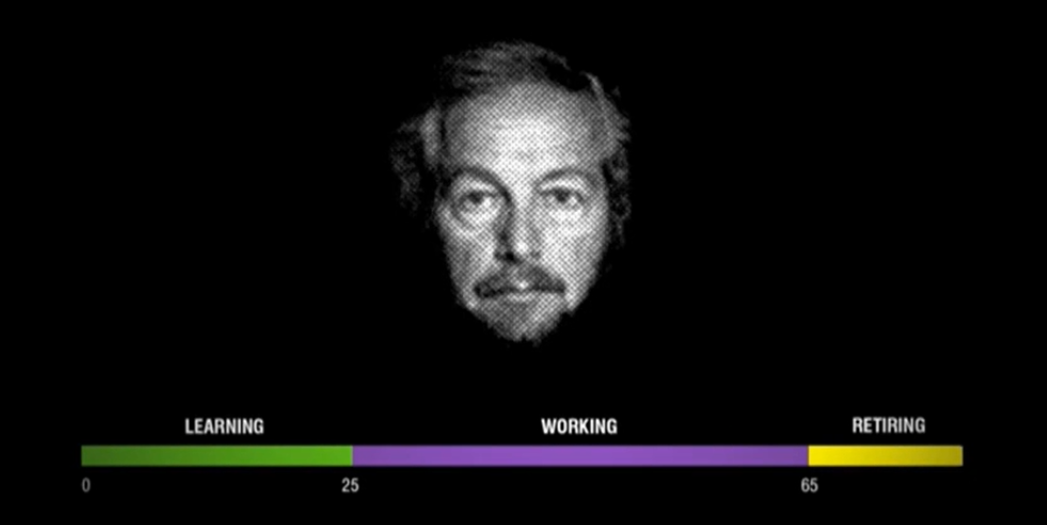Why I'm Taking Two Months Off
As the title of this post explains, I’m going to be taking two months off from working with clients. I know this announcement might be a little surprising or unexpected, so I wanted to take a moment to share my reasons and motivations for this decision.
Escaping the grind
After eight years as an interim product lead, product discovery coach, and now product leadership coach, in addition to writing, self-publishing, and promoting a book , and organizing four editions of MTP Engage Hamburg, I had the feeling that I needed to take a break. I want to re-evaluate the things I do and revise some patterns that I see developing.
Making room for content creation
I LOVE creating content for the product community, whether it’s my book, blog posts, Twitter threads, or frameworks like the PMwheel. But creating these things takes time. I have to pause, look at the state of the industry, or review the last 100 coaching sessions to find things I would like to write or talk about. Then I need time to research the topic, put things in perspective, and ultimately create the thing. And none of this is really possible when my schedule is too packed. I am looking forward to working on some Community of Practice content and some other things that catch my attention once I have time to decompress.
Letting the mind wander
In his TED talk, “The power of time off,” Stefan Sagmeister describes his process of taking a year off every seven years. He explains how typically we spend the first 25 years of our lives learning, the middle 40 years working, and the final 15 in retirement, visualized in a chart like the one below.
But Stefan prefers to take five of the retirement years and distribute them throughout the working years, which you can see in this version of the chart.
How most of us are spending their work life via Stefan Sagmeister
Redistributing our time off during our working years can help us let our minds wander, be more playful, and follow our curiosity, so those are all things I’m hoping to achieve by taking a few months off.
Stefan Sagmeisters way of looking at this
Healing
It is no secret that my four-year-old daughter was born premature, weighing only 1.6 pounds (710 grams). Helping her to fully and safely arrive on this planet took a lot of love, energy, and dedication. And in just the moment we felt a bit of weight lifting off our shoulders, the pandemic hit and sent us into an endless loop of dealing with childcare being closed while both parents were working. These four years have been draining and there was no time to work through the initial trauma. But this year I’ve started to do so. Since healing is not a passive process, I want to make more room and time for it, too.
Spending time with family and friends
There are a ton of people I haven't seen as much as I would like over the last few years and I want to catch up with my “people that make me smile” list.
As a coach, it is not only my responsibility to take good care of myself for the sake of my own mental health and personal development, I believe it’s actually a responsibility I have towards my clients. All of them are in intense roles in high-performance environments and deserve a product leadership coach who is at their best and excited about working with them. By taking a break from client work every now and then, I’m making sure this is the case. Plus I make sure my knowledge stays relevant and that I can contribute to the product craft as a whole.
I am looking forward to my time off as well as returning to work with a renewed vision and perspective. If you’d like to read more on how to incorporate smaller breaks into regular work, Jacob Singh has a great article on this topic, The case for slacking off at work.

